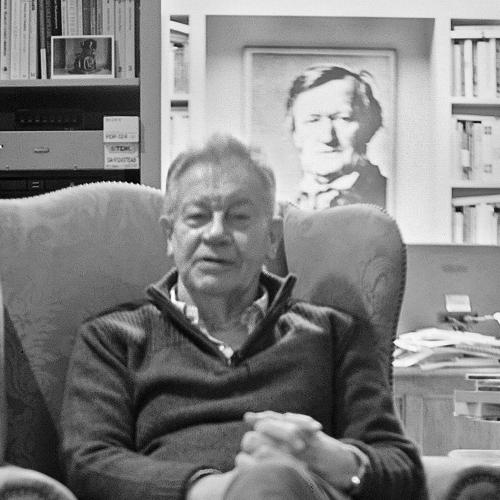COMPOSERS: Bartok
LABELS: Naxos
ALBUM TITLE: Bartók
WORKS: Mirokosmos (Complete)
PERFORMER: Jeno Janó (piano); with Tamara Takács (mezzo-soprano), Baláza Szokolay (piano)
CATALOGUE NO: 8.557821-22
Bartók’s subtitle of ‘153 Progressive
Piano Pieces’ says it all: these are
primarily teaching tools. And though
it’s fascinating to hear the complexity
increasing from the unison lines at
the beginning of Book 1 to the fuller
harmonies and greater rhythmic
diversity by the end of Book 3, the
first disc is rather austere listening
for the most part. But there are
some gems along the way – ‘In
Dorian Mode’ from Book 1, with
its hypnotically revolving two-part
Peerless Beethoven
michael tanner is excited by a new cycle by Arrau’s pupil
texture; or the wistful ‘Melody with
Accompaniment’ from Book 2.
Jandó sometimes tries too hard and
uses too much rubato in these tiny
pieces. More seriously, the piano isn’t
always in tune. These problems don’t
beset the competing pianists in the
catalogue, though Ránki is the only
one whose recording doesn’t come as
part of a larger CD set.
From Book 4, with the assumption
of a more wide-ranging piano
technique, there’s greater freedom of
invention. Also, in the two months
between the recording of the two
discs, the piano has been better
tuned. But, strangely, Jandó now
seems more reluctant to involve
himself with the music as opposed
to the notes, and there’s an air of
the mechanical about it, not helped
by the dry recording. Even the ‘Six
Dances in Bulgarian Rhythm’, which
end the final book, don’t have quite
the oomph that they should. So, even
though Jandó includes the pieces for
two pianos, or with voice, I’d still go
for Ránki’s more involved recording.
Martin Cotton
